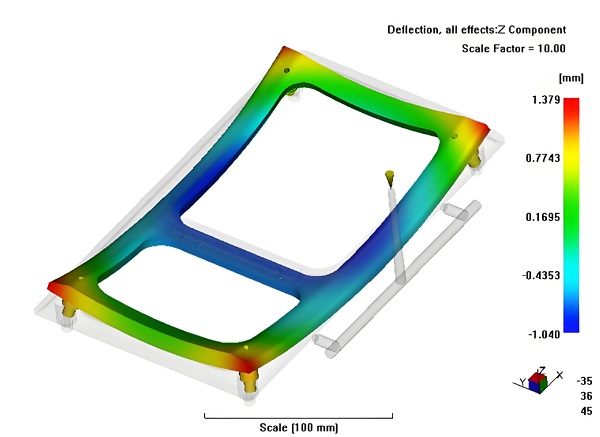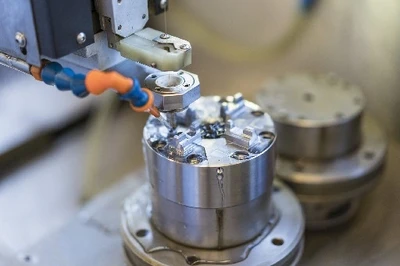

During the injection molding process, component warping is a common but headache inducing problem. It not only affects the appearance quality of the product, but may also have adverse effects on its functionality.
When it comes to preventing warpage in injection molding, proper part design is key. Making sure your parts have uniform wall thickness and strategic gate placement can go a long way in minimizing the risk of warpage. Remember, the goal is to create parts that cool evenly and without any areas that cool too quickly or too slowly.
Choosing the right material for your injection molding project can make a huge difference in preventing warpage. Different materials have varying degrees of shrinkage and thermal properties, which can impact the likelihood of warpage. Be sure to select a material that is well-suited for the specific requirements of your parts and has minimal warpage tendencies.
Generally speaking, choosing materials with low shrinkage and low thermal expansion coefficient can effectively reduce the warping problem of injection molded parts.
Your mold design and cooling channels play a significant role in preventing warpage. Proper mold design can help ensure that the plastic is distributed evenly throughout the part, minimizing any potential for stress or warpage. Additionally, optimizing cooling channels can help control the rate at which the part solidifies, reducing the risk of warpage.
The cooling system design of the mold needs to ensure that the cooling speed of each part of the workpiece is uniform, avoiding internal stress and warping caused by uneven cooling. In addition, the gate design of the mold also needs to consider the uniformity of plastic flow to avoid warping caused by uneven flow.
The process parameters of injection molding, such as injection speed, pressure, temperature, etc., will affect the warpage of the parts. Generally speaking, increasing the injection speed and pressure can reduce the warpage of the parts, but excessive speed and pressure may lead to other problems. Therefore, adjustments need to be made based on specific circumstances. In addition, maintaining appropriate melting and mold temperatures is also an important measure to prevent warping.
Optimizing your processing parameters is essential for preventing warpage in injection molding. Adjusting temperature, pressure, and cooling times can all have a significant impact on the final outcome of your parts. By carefully monitoring and adjusting these parameters, you can create parts that are less prone to warpage.
Implementing quality control measures is crucial for preventing warpage in injection molding. Regularly inspecting parts for any signs of warpage and addressing any issues promptly can help maintain the quality of your final products. Additionally, having troubleshooting strategies in place can help you quickly identify and resolve any warpage issues that may arise during the molding process.
For components that have already experienced warping, we can correct it through some post-processing methods. For example, we can use heat treatment or cold treatment to change the shape of the workpiece to meet the expected requirements.
Preventing component warping requires comprehensive consideration from multiple aspects such as material selection, mold design, process parameter control, and post-processing. Only in this way can the injection molding process be effectively optimized, preventing part warping, and improving product quality and production efficiency. In this process, continuous experimentation and adjustment are required to find the most suitable processing technology for the product.
So there you have it, five friendly tips for preventing warpage in injection molding. By paying attention to design considerations, material selection, mold design and cooling, processing parameters, and quality control, you can greatly reduce the risk of warpage in your injection plastic molded parts.
Contact us for more support, we will help to annalysis your project, send email to yoyo@hanking-mould.com.







 Call us on:
Call us on:  Email Us:
Email Us:  No.23, XingYi Road, Wusha Community, Chang'an Town, Dongguan City, Guangdong Province, China.
No.23, XingYi Road, Wusha Community, Chang'an Town, Dongguan City, Guangdong Province, China.